
Attic fan installation can significantly improve a home’s ventilation and energy efficiency. Properly installing an attic fan helps regulate temperature, reduces moisture, and can lower energy bills during hot weather. This process enhances comfort and protects the roofing materials and insulation from potential damage caused by excessive heat.
The installation involves choosing the right type of fan, determining the optimal location, and ensuring proper electrical connections. Homeowners often face the challenge of assessing the best options for their attic size and climate. Understanding the steps and benefits of attic fan installation leads to a more comfortable living environment.
As temperatures rise, the need for efficient ventilation becomes apparent. This guide will walk through the essential aspects of attic fan installation, equipping readers with the knowledge needed to make informed decisions.
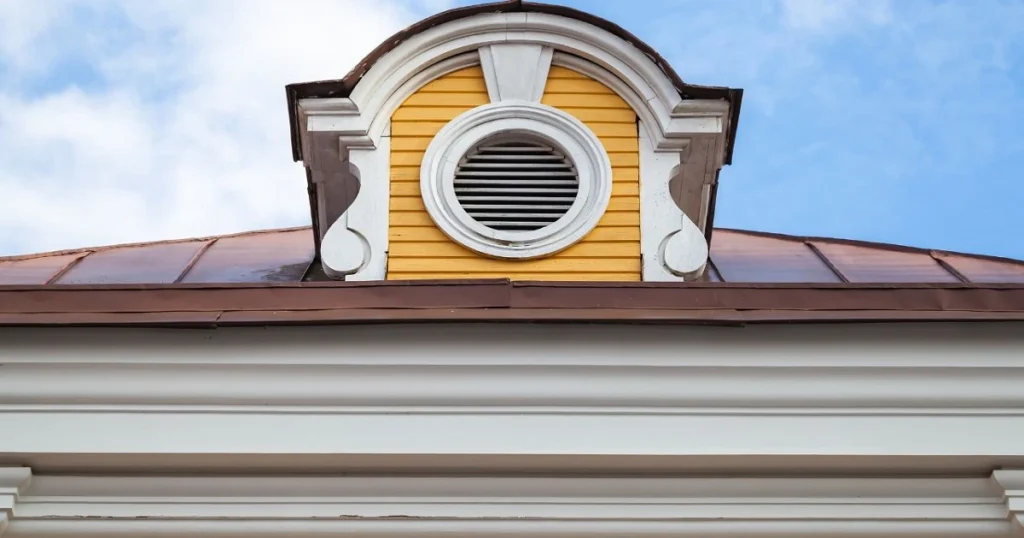
Proper attic ventilation is required for maintaining a healthy and efficient home environment. It helps regulate temperature, reduce moisture levels, and prevent damage to roofing materials. This section examines the benefits of adequate attic ventilation and the different types of attic fans used to enhance airflow.
Effective attic ventilation offers several key advantages.
These factors highlight why attic ventilation should not be overlooked.
There are various types of attic fans designed to improve ventilation.
Choosing the right type of attic fan can significantly enhance the ventilation system's effectiveness, leading to a more comfortable and sustainable home environment.
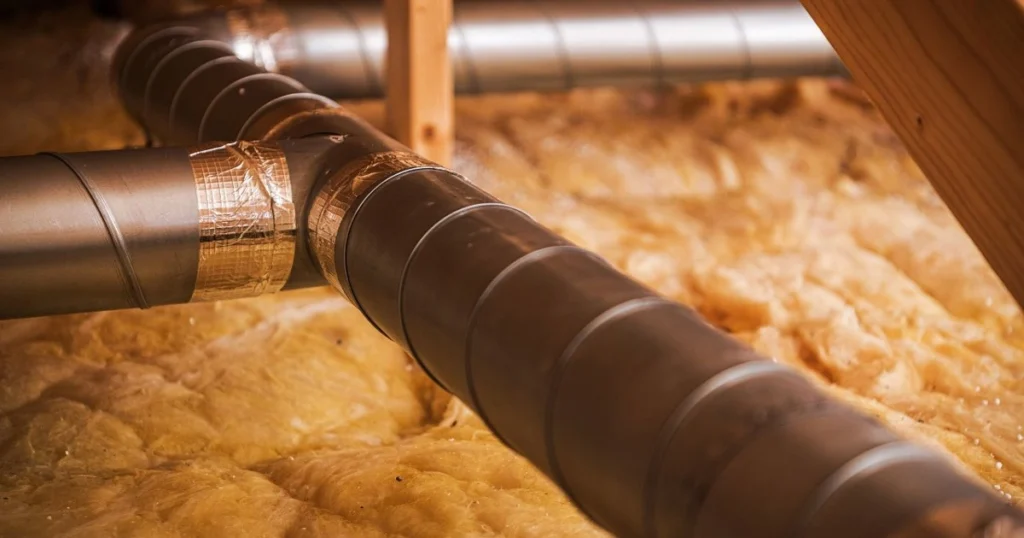
Identifying the appropriate fan type and size is essential for effective attic ventilation. This section focuses on determining the right type of fan and calculating the required fan size for optimal performance.
There are numerousl types of attic fans to consider, th two main being electric and solar options. Electric fans provide consistent airflow but may increase energy costs. Solar attic fans utilize sunlight, reducing electricity usage, but are less effective on cloudy days.
Key considerations include:
Calculating the required size is crucial to ensuring the attic fan is effective. Generally, attic fans should provide 1 CFM (cubic foot per minute) per square foot of attic space.
For example, if an attic measures 1,200 square feet, an attic fan should have a capacity of approximately 1,200 CFM.
Other factors to consider include:
Consulting with professionals experienced in "solar attic fan installation near me" can also yield tailored solutions based on specific home conditions.

Selecting the appropriate attic fan involves understanding the types available and their installation methods. Important factors include energy efficiency, mounting options, and specific installation requirements.
Electric attic fans are typically more powerful and can operate continuously. They require wiring and may increase electricity bills. Proper installation will ensure efficient airflow and temperature regulation.
Solar-powered fans harness sunlight for energy. They are eco-friendly and reduce electricity costs. Installation usually involves mounting panels and connecting the fan but eliminates complex electrical work.
Choosing between electric and solar models depends on budget, energy efficiency goals, and installation preferences.
Gable-mounted fans are installed in the attic's gable wall. They are easier to install and redirect air efficiently without affecting roof structure. This option is beneficial for homes with adequate roof ventilation.
Roof-mounted fans are placed directly on the roof and offer robust airflow. They can be more effective in extremely hot climates. Installation may require more extensive roof modifications, but they provide constant ventilation, helping to maintain a stable attic temperature.
When deciding on mounting options, consider your home’s architecture, specific ventilation needs, and local building codes.
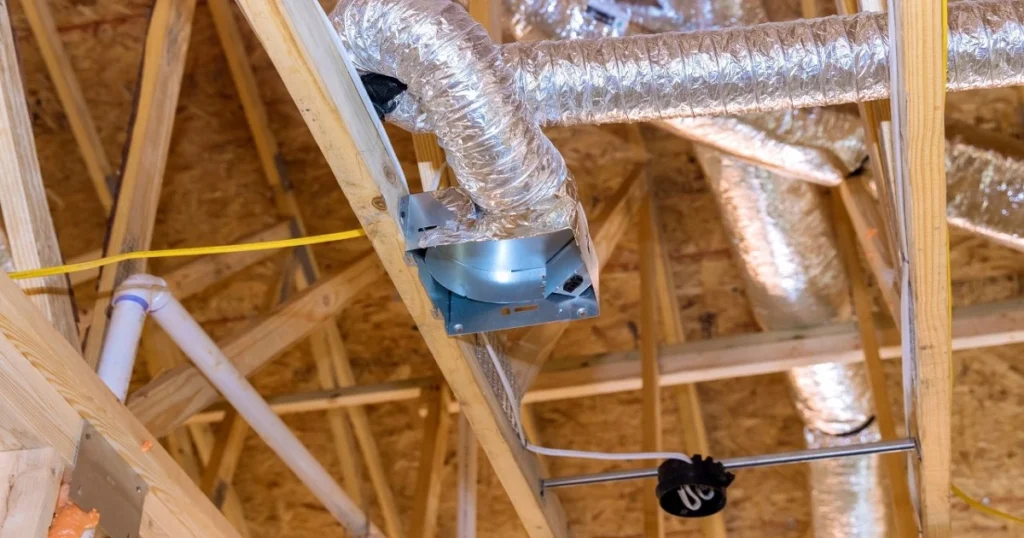
Budgeting for attic fan installation involves understanding various cost factors and potential long-term savings with specific options, such as solar fans. Homeowners should consider immediate costs and future savings when planning their budget.
Several key factors determine the cost of attic fan installation. Equipment type plays a significant role, with essential electric fans costing between $150 to $400. In contrast, solar attic fans can range from $300 to $800.
Additionally, installation fees can vary. Depending on local labor rates, professional installation costs generally range from $100 to $300. If the homeowner is considering a whole house fan installation, the cost can increase to between $500 and $1,500, depending on the fan size and complexity of the installation.
Another factor is the accessibility of the attic. Limited space may require additional labor, increasing overall installation costs. Permit fees also apply in certain areas, adding to the total expenses.
Investing in solar attic fans can be a financially sound decision. While the upfront cost is higher than traditional fans, they offer substantial long-term savings on electricity bills.
Solar attic fans operate using renewable energy, which equals zero operational costs once installed. A high-quality solar fan can reduce attic temperatures, lowering air conditioning costs during summer time.
Homeowners can save approximately $100 to $200 annually on energy costs, potentially recovering the installation cost within a few years. Additionally, many regions offer incentives or rebates for renewable energy installations, further enhancing the financial benefits.
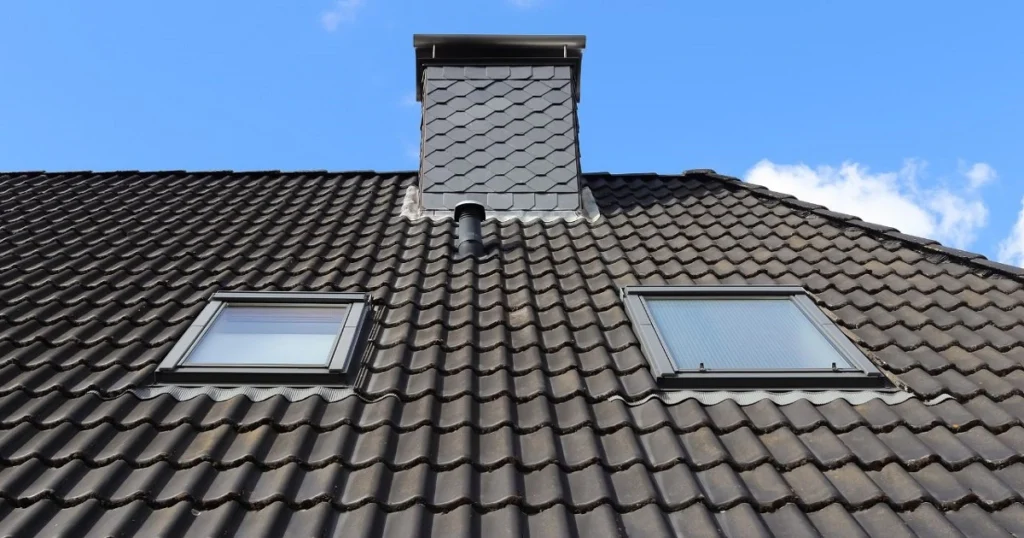
Adequate preparation is essential for a successful attic fan installation. This involves understanding safety measures and gathering the necessary tools and materials to ensure a smooth process.
Safety must be the top priority when installing an attic fan. Protective gear like gloves, goggles, and a hard hat can prevent injuries from sharp edges and falling debris.
Before starting, ensure the attic is properly ventilated. Turn off all power sources to avoid electrical accidents.
Be aware of any potential hazards, such as unstable surfaces or mold. If working with a solar attic fan, check that the roof is safe for installation. If unsure, consult a professional for safety assessments.
Having the right tools simplifies the attic fan installation process. Essential tools include:
Materials required for installation typically consist of:
Additional materials, such as solar panels and mounting hardware, will be needed for a solar attic fan. Confirm that all materials are compatible with the fan model chosen. Proper assessment of tools and materials helps ensure a successful installation.
This section covers the key steps in installing an attic fan, including specific methods for different types, such as solar-powered and whole-house attic fans. It also addresses common issues that arise during installation.
Noise Problems: If the fan is noisy, check for loose screws or improper installation. Tightening components may resolve the issue.
Inadequate Ventilation: If the fan does not provide sufficient airflow, ensure the attic space is the correct size. If necessary, consider adding additional fans.
Electrical Issues: For solar-powered units, check the connections to the solar panel and ensure it receives adequate sunlight. For electric units, verify circuit connections and switch functionality.
Fan Doesn't Start: Inspect the power source if the fan fails to operate. Check for blown fuses, tripped breakers, or faulty wiring.
Proper attention to these steps and potential issues will lead to a successful attic fan installation, enhancing airflow and reducing heat buildup in the attic.
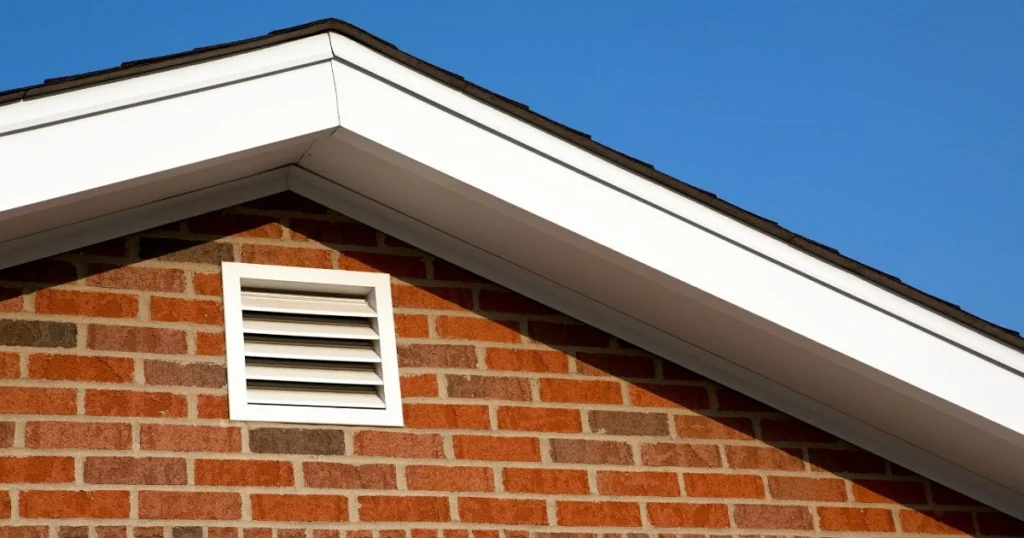
Choosing to install an attic fan can greatly benefit home ventilation, but understanding when to hire a professional and how to select the right contractor is essential for quality results.
Homeowners should consider professional installation when dealing with complex electrical work or extensive modifications to the attic structure. Attic fan installation companies possess the expertise to ensure that the fan operates efficiently and complies with local building codes.
If homeowners lack experience with electrical systems, hiring a contractor can prevent potential safety hazards. Additionally, professionals can help determine the best position for optimal sunlight exposure if a homeowner aims to install a solar attic fan.
Finally, if wildlife issues or pest problems are present in the attic, it's wise to contact Critter Stop at (214) 234-2616 for a free inspection. Critter Stop has a fantastic reputation, and customer reviews online because it provides high-quality work and excellent customer service.
When searching for attic fan installation contractors near them, homeowners should verify credentials, including licenses and insurance. Gathering several quotes can help compare pricing and services offered.
It's beneficial to read online reviews and testimonials, giving insight into the contractor's reliability and workmanship. Understanding any warranties provided can also safeguard the homeowner’s investment.
Moreover, contractors should guide the homeowner through options, such as a standard or solar attic fan installation. This guidance ensures the homeowner makes an informed decision tailored to their specific needs, effectively enhancing attic ventilation.
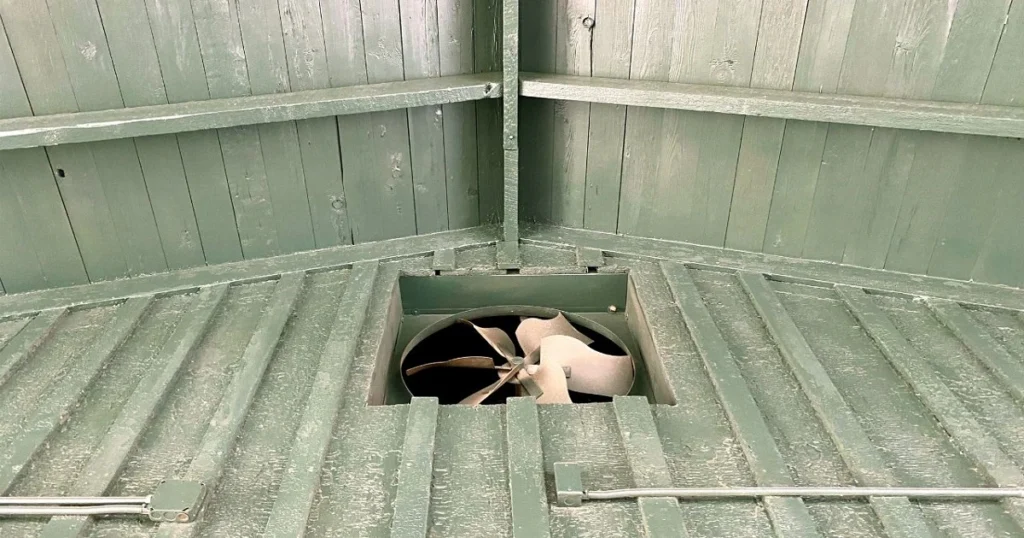
Regular maintenance of an attic fan is essential for optimal performance. It prevents buildup that can affect airflow and efficiency.
By following these steps, individuals can ensure that their attic ventilation fan installation operates efficiently throughout the year. Regular checks help extend its lifespan and maintain optimal attic conditions.
As the summer heat in North Texas can be intense, ensuring your home is well-ventilated is crucial for comfort and energy efficiency. Attic fans, including solar-powered and whole-house fans, play a vital role in maintaining a cooler indoor environment by expelling hot air trapped in the attic. Below are frequently asked questions about attic fan installation and how it can benefit your home.
Before beginning an attic fan installation, it's important to assess the size of your attic, the type of fan best suited for your needs, and whether your attic has proper ventilation. If installing an electric fan, ensure your home’s electrical system can handle the fan's power requirements. Consulting a professional can help determine the best setup for optimal efficiency.
Whole-house fans are particularly beneficial in hot climates. They help quickly cool down your home by drawing in cooler outside air and expelling the hot air trapped inside. This reduces your air conditioning system strain, leading to lower energy bills and a more comfortable living environment.
Attic fan installation costs are generally lower than those of other cooling methods, like central air conditioning. While the upfront cost may vary depending on the type of fan, the long-term savings on energy bills make it a cost-effective solution. Additionally, attic fans require less maintenance and are easier to install than complex HVAC systems.
Yes, reliable attic fan installation services are available near you. It is important to research and choose a company with good reviews and a reputation for timely, professional service. Local providers often understand the specific cooling needs of homes in your area and can offer tailored solutions.
Several factors can influence the cost of whole house fan installation, including the size of your home, the fan's power and efficiency, and the complexity of the installation. Homes with larger attics or those requiring additional ventilation modifications may incur higher costs. The quality of the fan and the labor involved also play a significant role in determining the overall expense.
Solar attic fans are highly efficient at reducing energy bills, as they utilize solar power to operate, eliminating electricity costs. By reducing the temperature in your attic, these fans decrease the workload on your air conditioning system, leading to lower cooling expenses. Over time, the savings can offset the initial installation cost, making it a worthwhile investment.
The average cost of installing a solar attic fan for a typical home can range from $300 to $1,000, depending on the fan's size, brand, and installation complexity. This price includes both the fan unit and professional installation. Solar attic fans are more expensive upfront than electric models, but their long-term savings on energy bills make them a cost-effective option.
You can find affordable solar attic fan installation services near you by comparing quotes from different providers. Look for companies that offer competitive pricing, and check customer reviews to ensure they provide quality workmanship. Some providers may also offer financing options or discounts for first-time customers.
The cost of attic fan installation in older homes can vary depending on the condition of the attic and any necessary electrical upgrades. Older homes may require additional work to ensure proper ventilation and safe installation, which can increase the overall cost. Getting a thorough inspection and quote from a qualified installer is advisable to understand the full scope of work needed.
When choosing an attic fan installation company, look for those that offer comprehensive warranties on both the fan unit and the installation service. Companies that stand behind their work typically provide warranties ranging from 5 to 10 years. Reading customer reviews and asking for recommendations can help you find a reputable company with strong warranty options.
Gable attic fan installation is generally less complicated than roof-mounted fans, as it involves mounting the fan on the existing gable vent. The process typically requires minimal cutting and can be completed relatively quickly. However, it’s vital to ensure the fan is properly sized and aligned with the vent to maximize efficiency.
When selecting attic fan installation contractors near you, look for licensed and insured professionals with experience in installing the type of fan you need. Check for positive customer reviews and ask for references to ensure quality workmanship. Additionally, consider contractors who offer a detailed estimate and transparent pricing.
Attic solar fan installation involves several steps: first, selecting the appropriate fan size and model for your attic; next, determining the optimal location for installation to maximize sunlight exposure; and then securely mounting the fan on the roof or gable. Finally, the installer will connect the solar panel and test the system to ensure it’s working correctly.
Whole-house attic fans are particularly beneficial for large homes as they provide a powerful and efficient way to circulate air throughout the house. By drawing cooler outside air into the home and expelling hot air from the attic, these fans can significantly reduce indoor temperatures and reliance on air conditioning, leading to substantial energy savings.
Attic exhaust fan installation helps control humidity by continuously ventilating moist air out of the attic space. This is especially important in humid climates, where excessive moisture can lead to mold growth and structural damage. By maintaining a dry attic environment, exhaust fans help protect your home’s integrity and improve overall air quality.
To properly install a solar attic fan, you’ll need basic tools such as a ladder, drill, screwdriver, measuring tape, and caulking gun. Depending on the roof material, you may also need a saw or snips to cut through shingles or metal. It’s important to follow the manufacturer’s instructions closely, or hire a professional to ensure a safe and effective installation.
Yes, solar-powered attic fan installation is worth the investment for homeowners looking to reduce energy costs and improve attic ventilation. While the initial cost may be higher than traditional fans, the long-term savings on energy bills and the eco-friendly benefits make it an intelligent choice. Additionally, solar fans require minimal maintenance and have a longer lifespan.
Roof attic fan installation offers several advantages, including better airflow and more effective heat removal than gable or wall-mounted fans. Roof fans are positioned at the highest point of the attic, allowing hot air to be expelled more efficiently. This placement also frees up space on gable walls for other purposes, making roof fans a preferred choice for many homeowners.
The cost of the attic fan and installation may be slightly higher for a two-story house due to the complexity of the installation process. Additional wiring and ventilation considerations may be required, and the installation process may take longer. Homeowners can expect to pay more for labor and materials, but the benefits of improved ventilation and energy savings make it a worthwhile investment.
When budgeting for attic fan installation in a new construction, consider the size of your attic, the type of fan you choose, and any additional electrical work needed. Depending on these factors, the cost can range from $300 to $800 on average. Getting multiple quotes from reputable contractors is advisable to ensure you’re getting the best value for your investment.
Attic ventilation fan installation involves mounting the fan at an optimal location in the attic, ensuring it’s properly wired to the home’s electrical system (or solar panel), and verifying that it effectively expels hot air from the attic space. Proper installation also includes sealing any gaps around the fan to prevent air leaks and ensuring that the fan operates efficiently to improve overall airflow.
Attic vent fan installation can significantly improve indoor air quality in older homes by reducing humidity and preventing mold and mildew buildup in the attic. By expelling hot, moist air from the attic, these fans help maintain a healthier living environment below. This is especially important in older homes with less efficient ventilation systems and more prone to moisture-related issues.
Visit our Critter Library and learn more about our furry friends